Arno Lederer: “First the city, then the house”
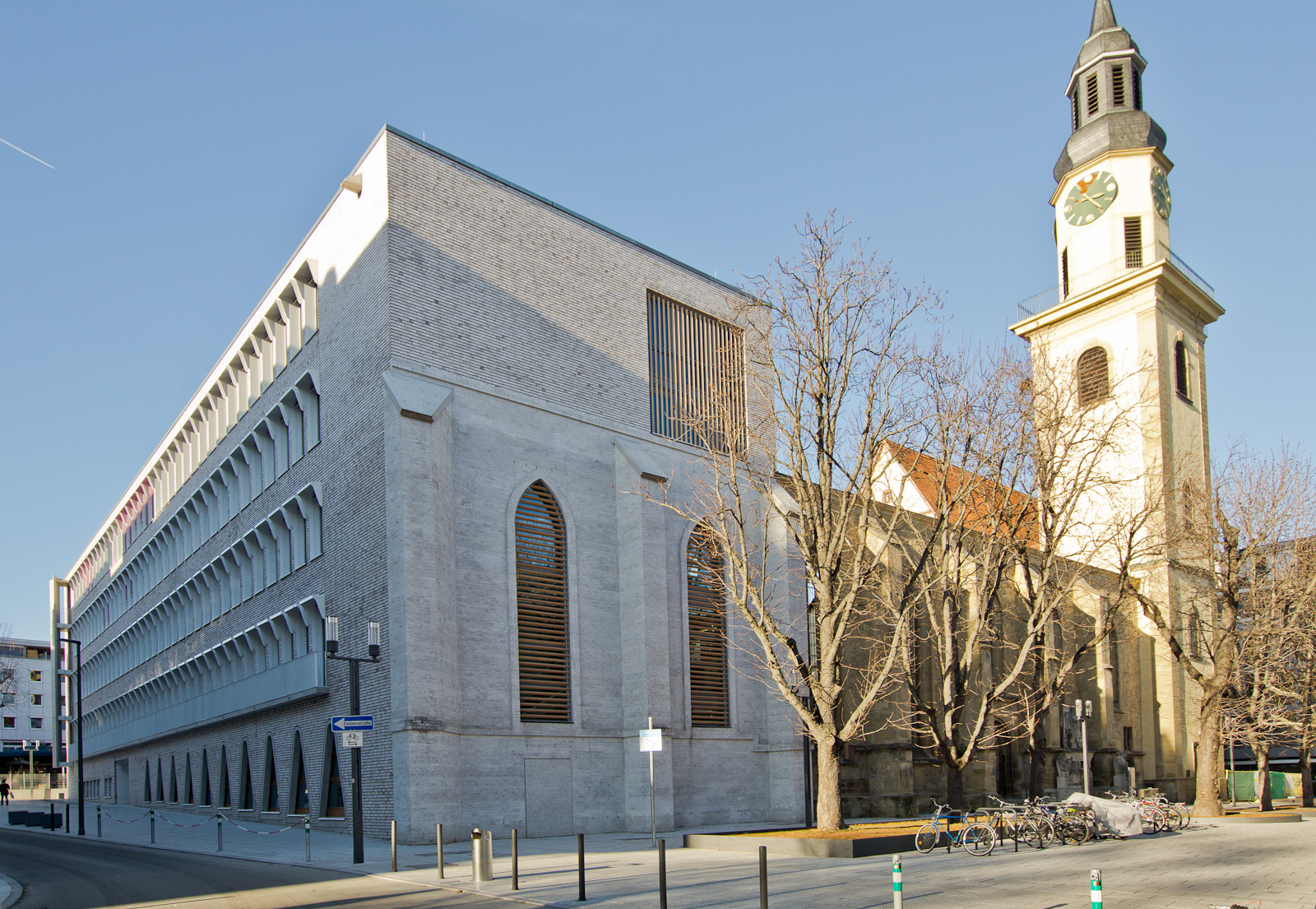
Arno Lederer ‘s work stands out from the broad field of architects. His architecture is sculptural and idiosyncratic, yet it always blends in with the surrounding urban space!
He was a fighter for the European city and a proponent of modernism. That this does not have to be a contradiction can be seen in his buildings.
Arno Lederer once formulated two guiding principles as the basis of his work: “First the city, then the house”, and “Inside is different from outside”.
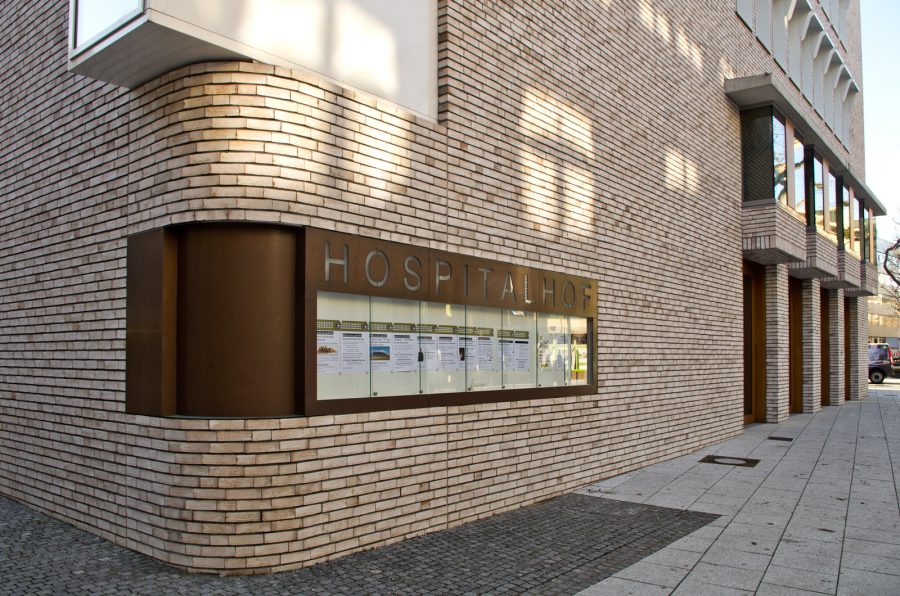
Evangelical Educational Centre Hospitalhof, Stuttgart. Photo by: ©Ulrich Kölle
The city is the superordinate system. The buildings always serve the whole and form a community with the urban space. Streets, squares, alleys and parks – in them we move and that is the experienceable city. The core of a building task is the design of the separation from the private interior to the public space. The separating element is what creates the space, what makes it legible. And it must be readable by all people. Then it will be perceived as “beautiful”. In this respect, Lederer is conservative: warm materials, earthy tones, perforated façades and handcrafted details immediately bring us closer to his architecture. Sculptural elements such as bay windows, his special zigzag windows, organic shapes, portholes, gargoyles make the buildings unique and he is not afraid to integrate into the urban context by quoting architecture. Not very “modern”? No, but modern more in the tradition of an Erich Mendelssohn, elegant, dynamic, and also a little playful.
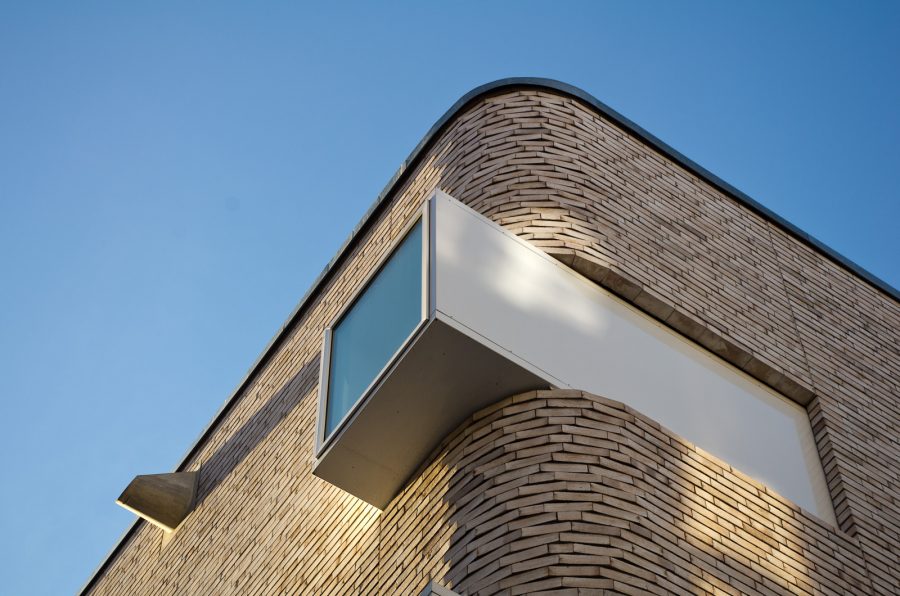
Evangelical Educational Centre Hospitalhof, Stuttgart. Photo by: ©Ulrich Kölle
It was not until late that Lederer was able to leave visible traces in his own city. With the new building of the Evangelical Educational Centre Hospitalhof, Lederer has succeeded in giving the whole quarter a new centre and a new identity. On the former monastery ground plan, he supplemented the old church ruins with an inner courtyard modelled on a monastery courtyard.
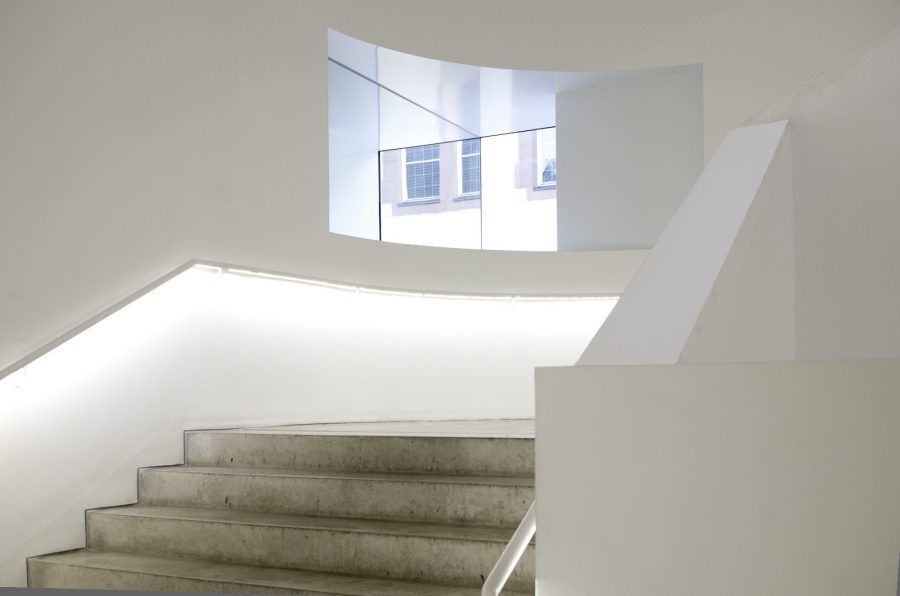
Evangelical Educational Centre Hospitalhof, Stuttgart. Photo by: ©Ulrich Kölle
The extension of the State Library of Baden Württemberg: sensitively it highlights the outstanding main building from the 1960s by Horst Linde and yet positions itself self-confidently and independently in the front row on Stuttgart’s “culture mile”.
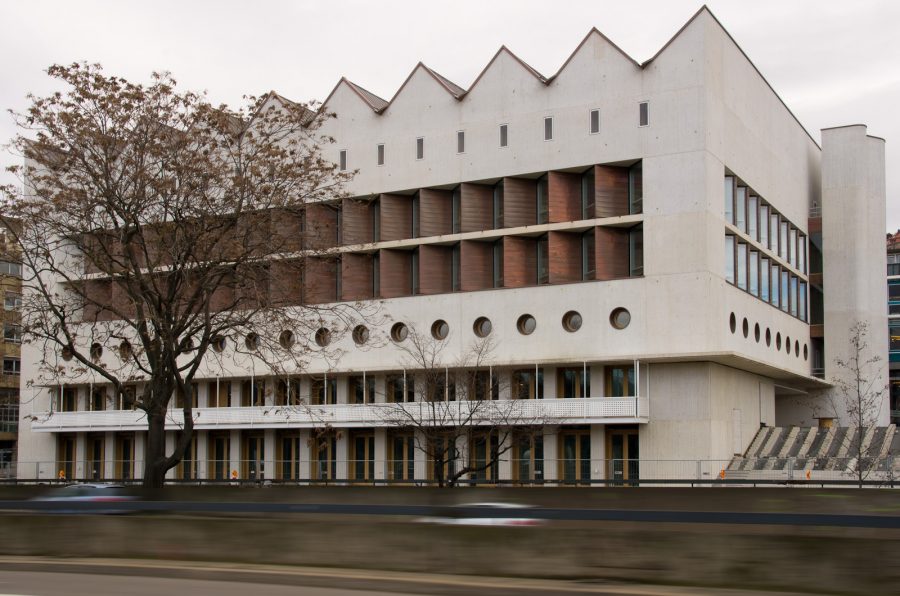
Württemberg State Library Extension, Stuttgart. Photo by: ©Ulrich Kölle
Arno Lederer, born 1947 in Stuttgart, studied architecture at Stuttgart University from 1968 to 1976. Founded his first office in 1979, since 1985 office partnership with Jórunn Ragnarsdóttir and since 1992 office partnership with Marc Oei (Lederer Ragnarsdóttir Oei LRO). From 1985 until 2014 professor at various universities in Karlsruhe and Stuttgart.
Arno Lederer died on 21 January at the age of 75. Buildings by him characterise the cityscape of Stuttgart and many other cities.
Ask us about professional guided tours to Arno Lederer’s buildings in the Stuttgart area! There are more than the ones mentioned to discover.
Text: Ulrich Kölle, GA Stuttgart






No Comments